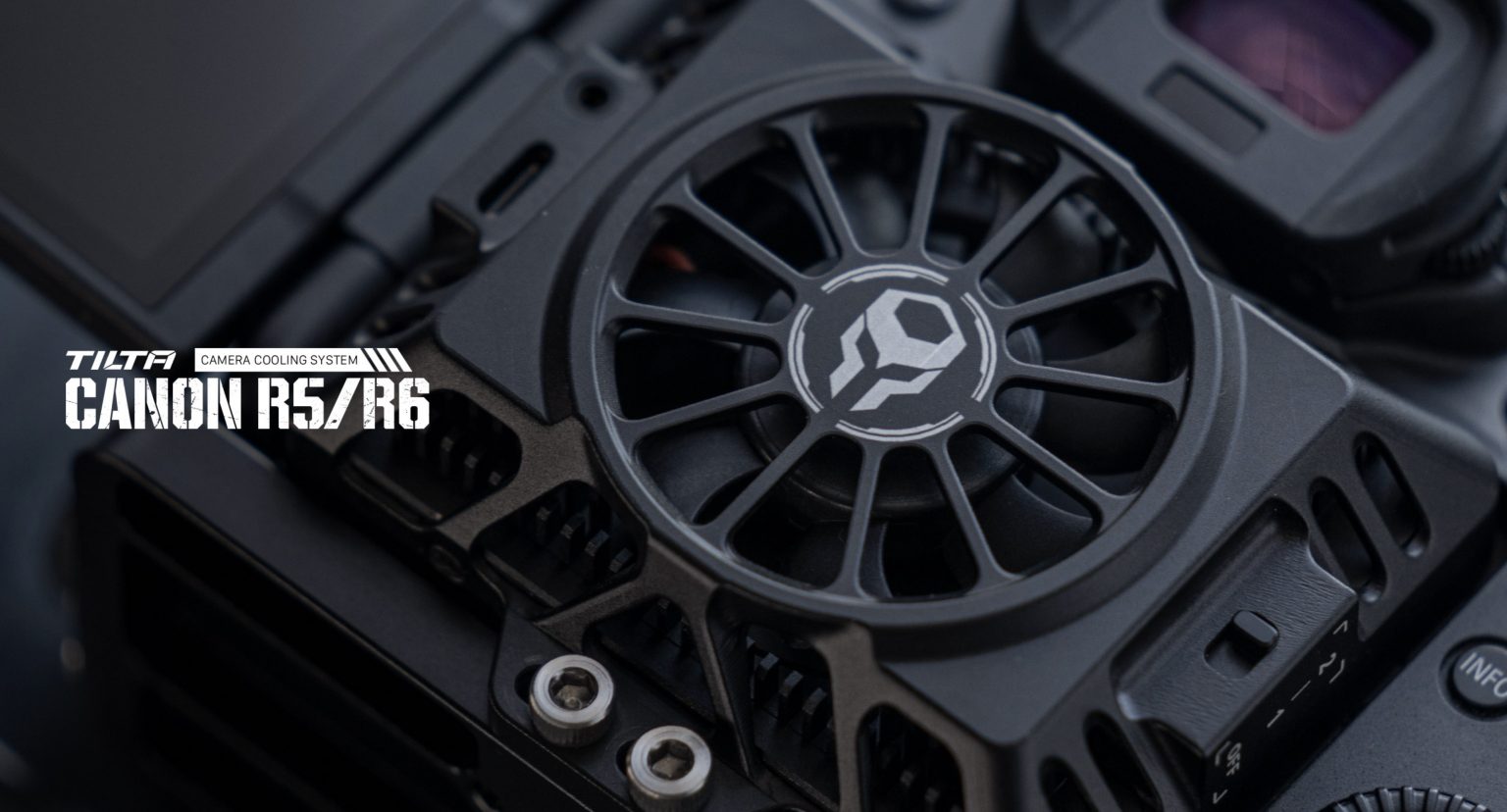The advancement of technology has brought about significant improvements to various industries, including the manufacturing industry. One such invention is the high-speed motorized spindle, which is widely used in various applications, such as grinding, drilling, and milling. However, the high-speed motorized spindle generates a considerable amount of heat, which can affect its performance and durability. To overcome this problem, researchers have developed a thermoelectric-based cooling system that can effectively regulate and maintain the temperature of the motorized spindle.

The thermoelectric cooling system operates on the principle of the Peltier effect, which involves using an electrical current to transfer heat across a junction between two different materials. In the case of a motorized spindle, the thermoelectric cooling system is installed on the spindle's housing, where it can regulate the temperature of both the spindle's bearings and the coolant used in the grinding process.
To optimize the performance of the thermoelectric cooling system, researchers have developed a mathematical model that considers various factors such as the spindle's rotational speed, ambient temperature, and the cooling system's capacity. By using this model, researchers can determine the optimal operating conditions and design parameters that will ensure maximum cooling efficiency and minimal energy consumption.
Once the optimization process is complete, researchers then validate the performance of the thermoelectric cooling system through experimental testing. This involves installing the cooling system onto a motorized spindle and measuring its temperature during different operational conditions. The results of these experiments are then compared with the predicted values obtained from the mathematical model, and any discrepancies or issues are addressed and fine-tuned.
The implementation of a thermoelectric-based cooling system for a motorized spindle grinder provides numerous benefits, including improved performance, reduced maintenance costs, and increased machine longevity. Furthermore, the use of such a system can lead to a reduction in energy consumption and environmental impact, as traditional cooling methods often require significant amounts of energy to operate.
In conclusion, the development of a thermoelectric-based cooling system for a motorized spindle grinder has proven to be an effective solution for regulating temperature and improving spindle performance. The optimization and validation strategies used by researchers ensure that the cooling system operates at optimal efficiency and provides reliable and consistent cooling performance. As such, this technology has the potential to revolutionize the manufacturing industry, making high-speed motorized spindles more efficient, reliable, and cost-effective for a wide range of applications.